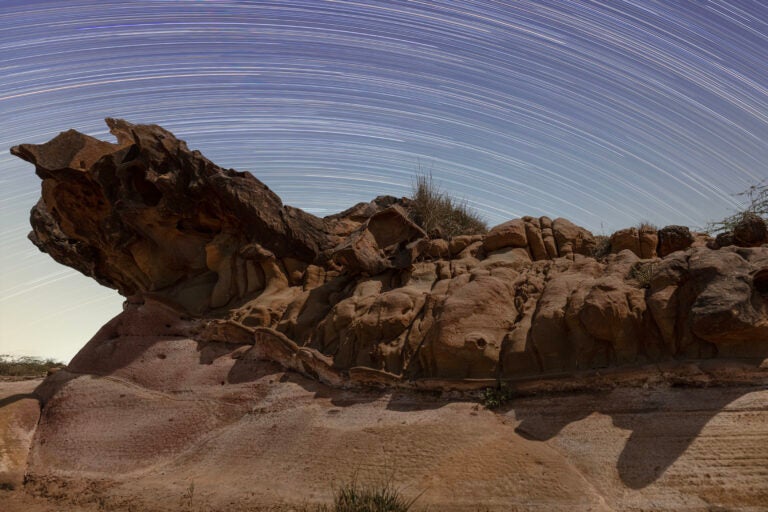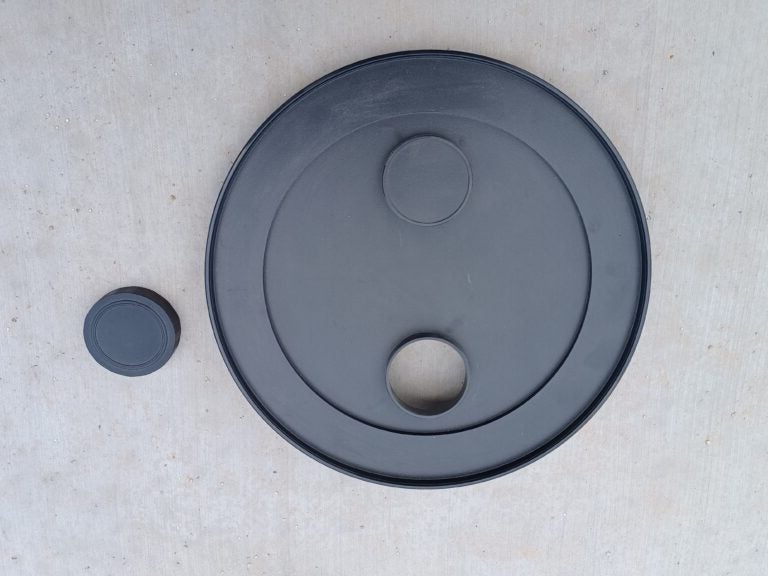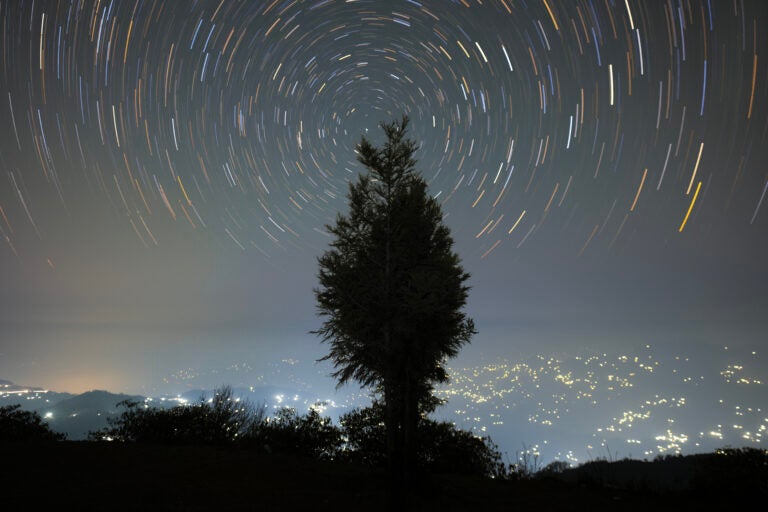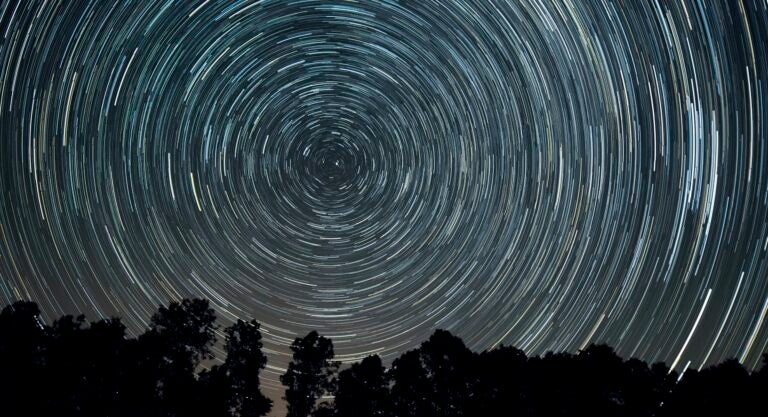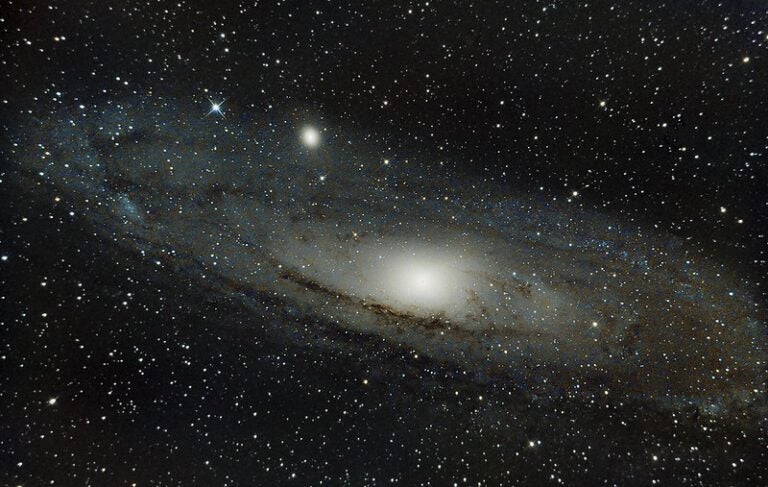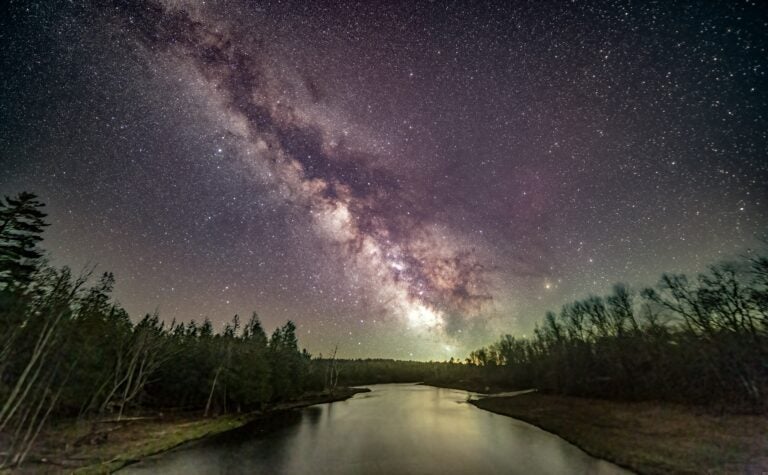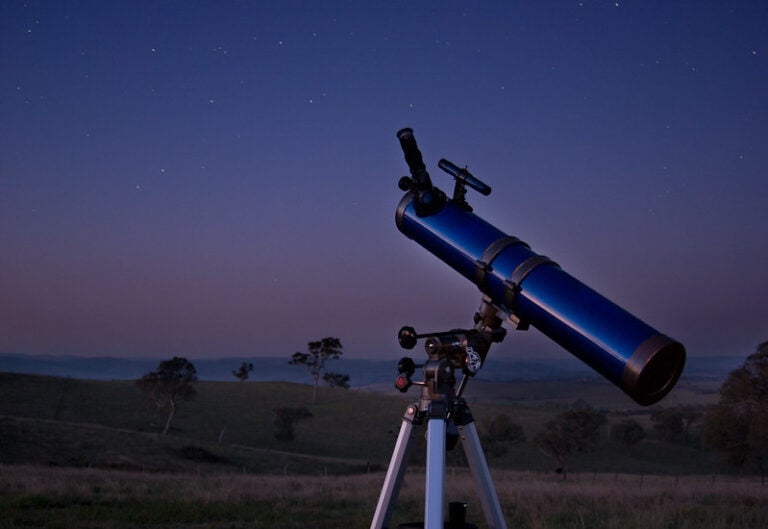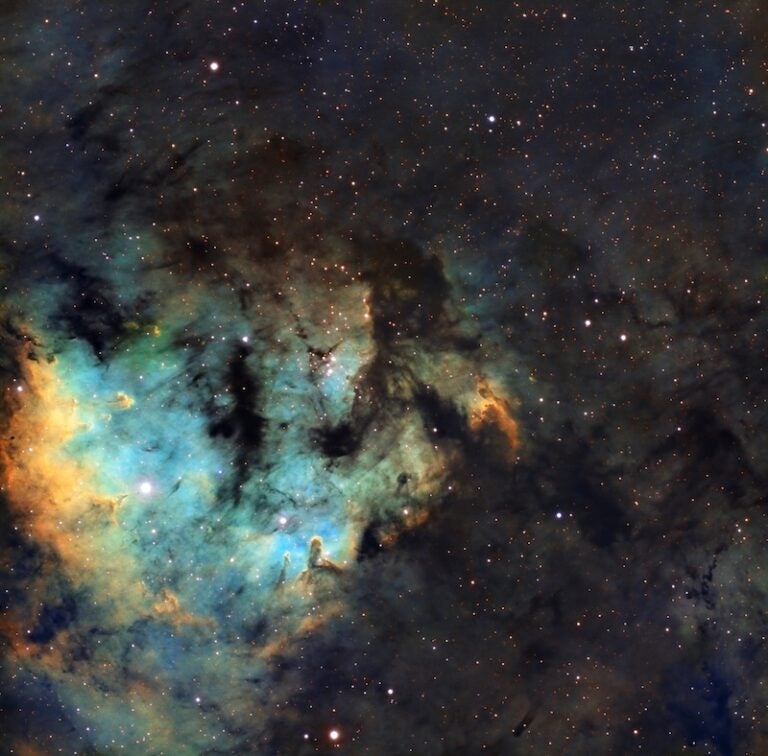In the April 2012 issue of Astronomy, I wrote what turned into an illustrated spread named “How the constellations came to be.” Because the story ran only two pages, we didn’t have room enough for large images of star patterns.
Therefore, I present to you nine great ones for your viewing pleasure. Enjoy!

